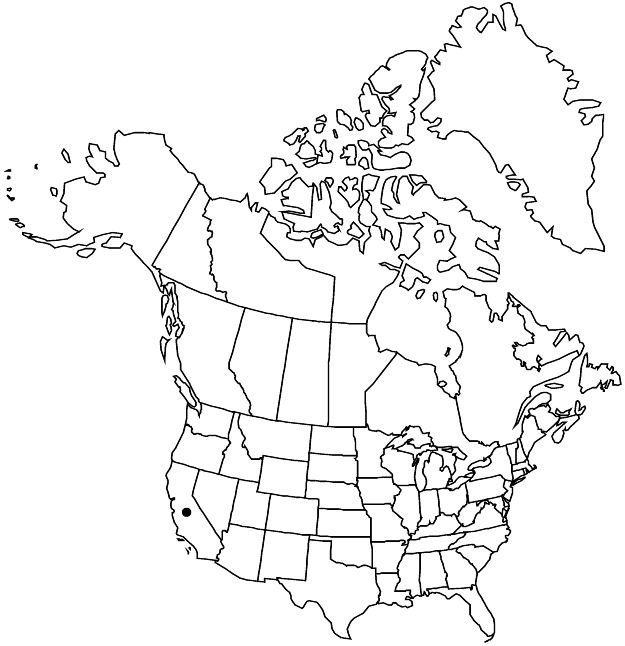familyRosaceae
subfamilyRosaceae subfam. Rosoideae
genusIvesia
sectionIvesia sect. Ivesia
speciesIvesia lycopodioides
Ivesia lycopodioides var. scandularis
Novon 17: 324. 2007.
Common names: White Mountains ivesia
Endemic
Basionym: Horkelia scandularis Rydberg Monogr. N. Amer. Potentilleae, 150, plate 91, figs. 5–9. 1898
Synonyms: Ivesia lycopodioides subsp. scandularis (Rydberg) D. D. Keck Potentilla lycopodioides var. scandularis (Rydberg) J. T. Howell
Treatment appears in FNA Volume 9. Treatment on page 232.
Stems decumbent to ascending, 0.5–1.5 dm. Basal leaves 3–8 cm; leaflets tightly overlapping, short-hirsute, lobes obovate, 1–3 mm, apical setae (0–)0.5–1(–2) mm. Cauline leaves 0–1. Inflorescences usually ± capitate, 3–15(–20)-flowered, 1–2(–3) cm diam. Flowers 6–12 mm diam.; petals broadly obovate, 3–5 × 2–3 mm; filaments 1.2–1.5 mm; styles 2–3 mm.
Phenology: Flowering summer.
Habitat: Moist slopes, fellfields, in high-elevation sagebrush communities, subalpine to alpine conifer woodlands, alpine tundra
Elevation: 3000–4000 m
Discussion
Variety scandularis is the only variety that occurs in the White Mountains of Inyo and Mono counties, California; scattered populations occur also on the eastern side of the Sierra Nevada. Leaflet lobes are intermediate in size between those of the other two varieties and usually are tipped with a single bristle to 2 mm.
Selected References
None.
Lower Taxa
None.
